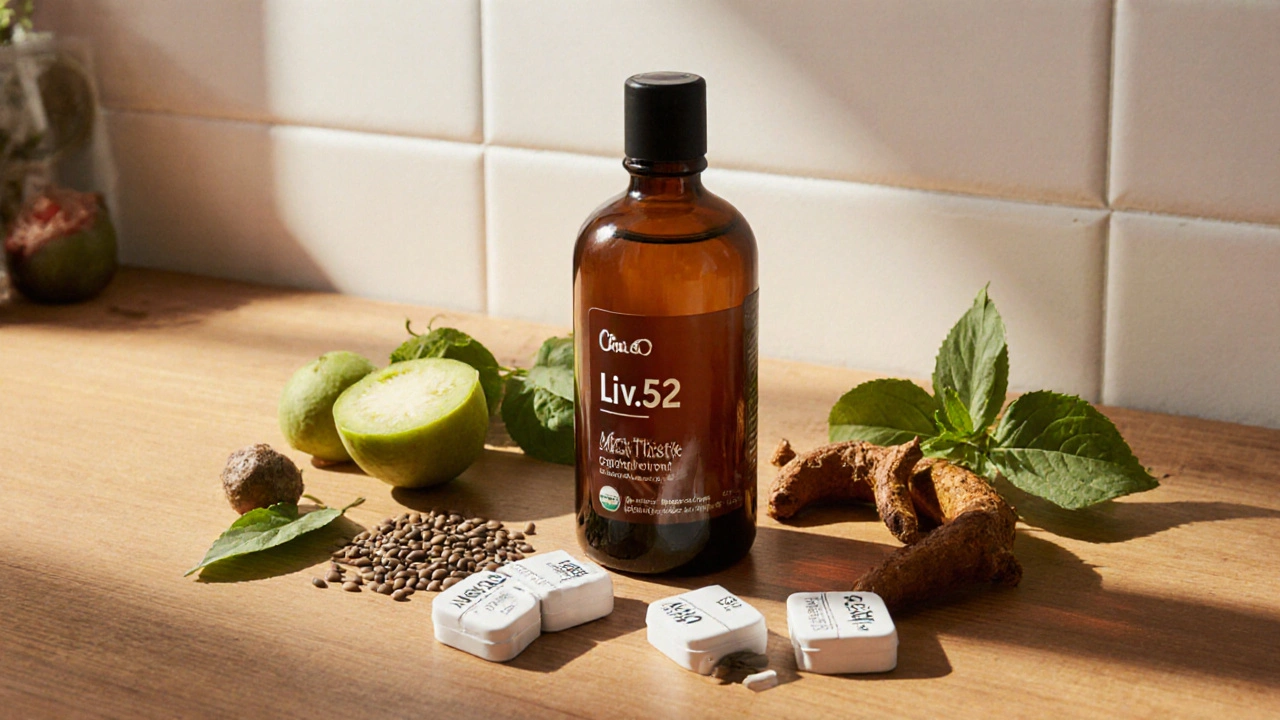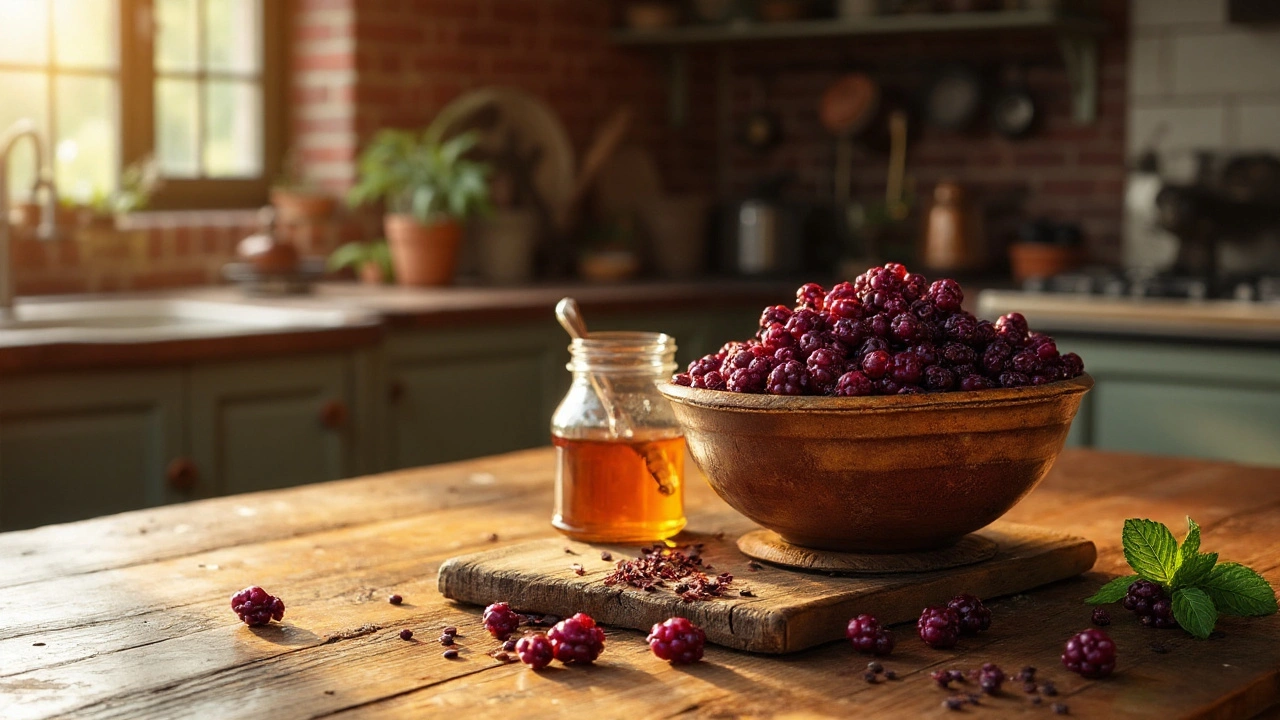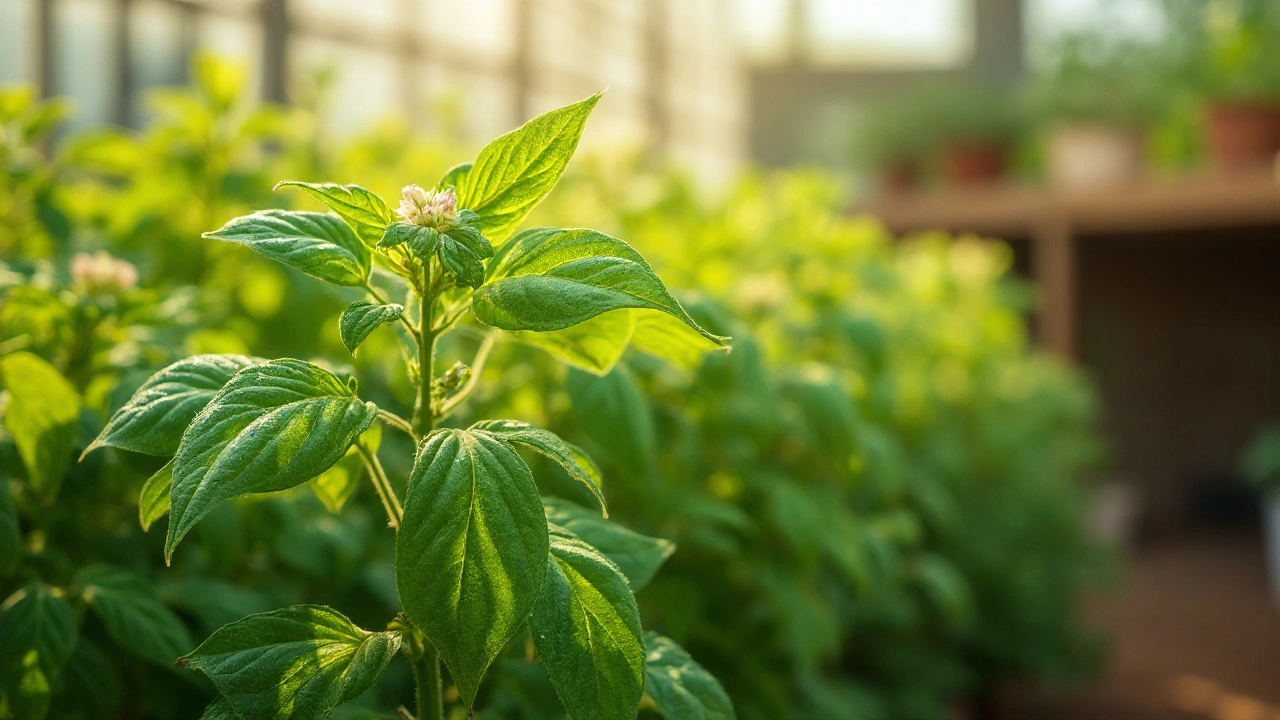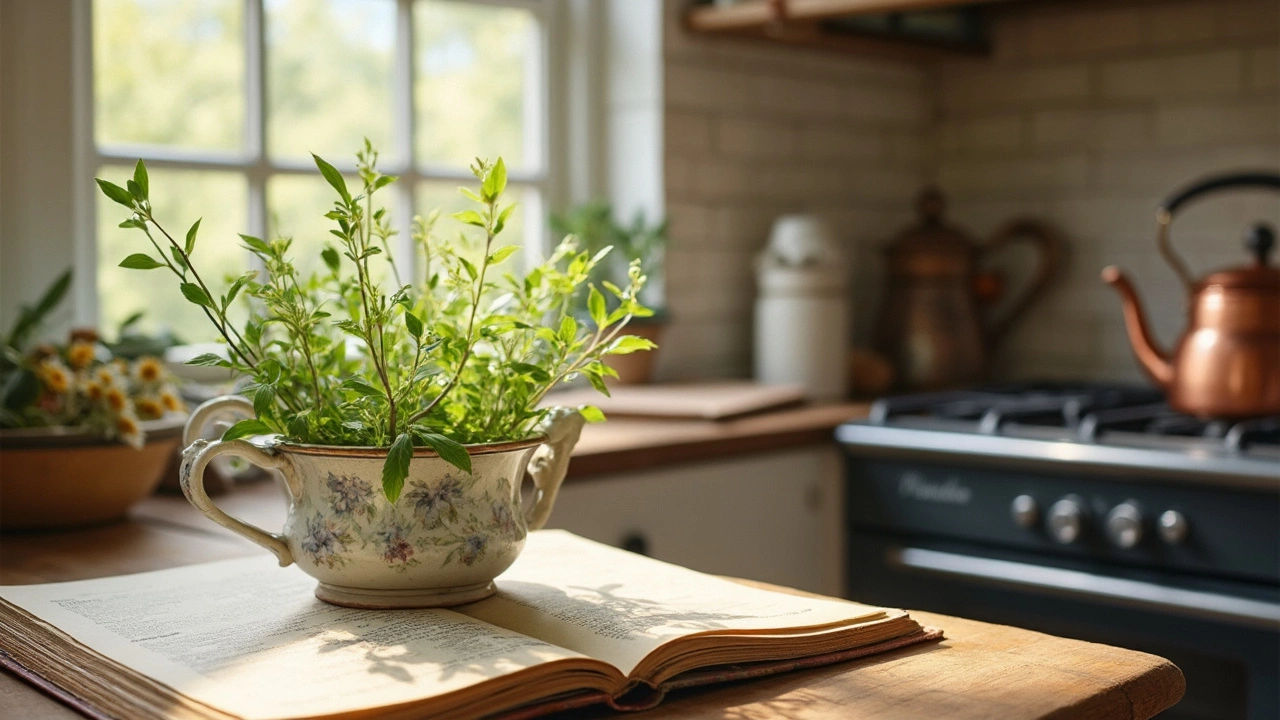Natural Remedies: Simple Herbal Tips
Looking for safe, everyday natural remedies that actually help? This page collects practical tips on herbs, dosages, and how to use them at home. I focus on clear steps you can try, plus safety checks so you avoid common mistakes. You won't find vague claims here, only simple, usable advice.
As an example, Sweet Woodruff is one herb I highlight. It smells lightly of vanilla and works as a mild relaxant for occasional stress. People use it in teas, syrups, or dried blends for sleep support and digestive soothing. Typical homemade tea uses one teaspoon of dried leaves per cup steeped five to ten minutes. Start with small amounts and watch how your body reacts.
Herbs can help but they can also interact with drugs. If you take prescription meds, ask your doctor before adding a new herbal supplement. Pregnancy, nursing, and certain health conditions need extra care. Also check product labels for additives and exact plant parts used; flowers, leaves, and roots can have different effects.
Choose reputable sellers. Look for organic sourcing, third-party testing, or clear batch numbers. Fresh dried herbs keep flavor and potency longer when stored in airtight containers away from heat and light. If you buy ready-made supplements, prefer standardized extracts so you know the active amount per dose.
Simple preparations work well. Make a cup of herb tea, try a small tincture drop under the tongue, or add dried herbs to a warm bath for relaxation. For digestion, sip a weak tea after meals. For sleep, keep a routine, a mild herbal tea thirty to sixty minutes before bed, dim lights, and avoid screens.
Treat herbs like any other tool, start low and go slow. Try one preparation for a week and note changes in a journal. If you see no effect or feel worse, stop and reassess. For chronic concerns, consult a practitioner who knows both herbs and your medical history.
This Natural Remedies category shares profiles like Sweet Woodruff and clear how-to guides. Each post lists uses, typical preparations, and safety notes so you can make informed choices quickly. Browse tags like sleep, digestion, and relaxation to find relevant herbs.
Quick tips, keep records of doses and effects, store herbs properly, and check interactions with your meds. If in doubt, ask a pharmacist or herbal-savvy clinician. Practical small steps beat risky shortcuts.
You can grow simple herbs like mint, chamomile, and Sweet Woodruff in a shaded patch. Growing lets you control pesticides and harvest timing. Avoid wild-harvesting unless you know the species and local rules, misidentification risks are real. If a herb causes rash, stop use and consult care.
Want a quick start? Try a single herb tea each week and note sleep or digestion changes. Keep doses low, read labels, and ask questions at the pharmacy. Our posts give step-by-step recipes and safety notes so you can try herbs without guesswork. Come back often, new profiles and tips appear regularly. Ask if unsure, safety first. Always.
Liv.52 vs Alternatives: Which Liver Supplement Reigns Supreme?

Compare Liv.52 (Himsra Kasani) with top liver‑support alternatives, see pros, cons, pricing and safety tips in a clear, actionable guide.
- October 14 2025
- Tony Newman
- 17 Comments
Elderberry Supplement: Ancient Immune‑Boosting Secret Revealed

Uncover the centuries‑old power of elderberry as a modern dietary supplement. Learn its key nutrients, scientific backing, safety tips, and how to pick the best product for immune health.
- September 22 2025
- Tony Newman
- 16 Comments
Holy Basil Supplement: The Science Driving Its Global Boom

Explore how Holy Basil (Tulsi) works, the key phytochemicals behind its adaptogenic power, clinical evidence, market growth, and safe usage tips.
- September 22 2025
- Tony Newman
- 15 Comments
Sweet Woodruff: Unveiling the Hidden Health Benefits

Sweet Woodruff, a charming herb with a subtle vanilla-like scent, packs more than just flavor. Often overlooked, this plant offers surprising health benefits as a dietary supplement. From supporting digestion to promoting relaxation, Sweet Woodruff is a versatile addition to a wellness routine. Learn about its uses, benefits, and tips for incorporating it into your daily life. Discover why including this unique herb could be a simple yet impactful change.
- February 24 2025
- Tony Newman
- 11 Comments
